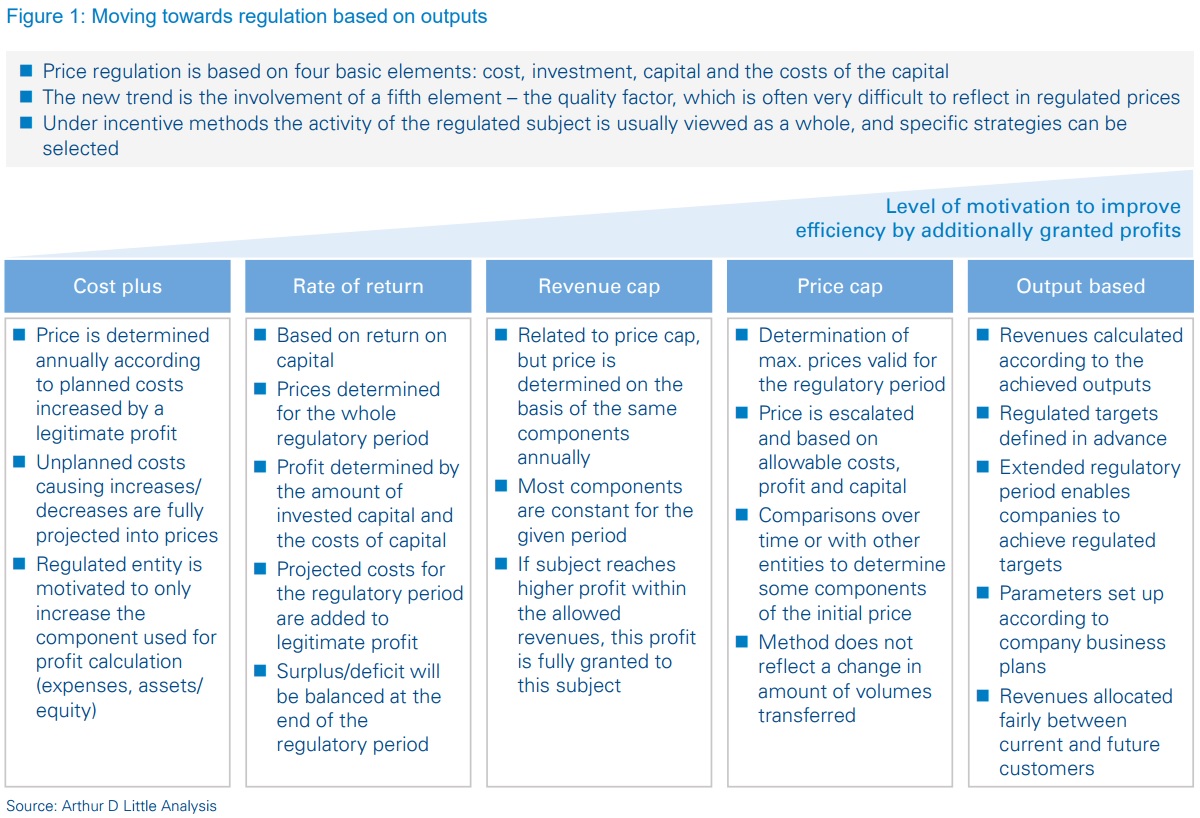
The regulatory environment in Europe is pushing network utilities to face new challenges that will heavily impact their operations. Regulators all over Europe are watching the tariff mechanism introduced in Great Britain, named RIIO, which is based on incentives, with interest. Many have plans to introduce similar outputbased methodologies already under way.
Aside from output-based regulation, an innovative methodology for grid operators to evaluate projects is cost-benefit analysis (CBA). CBA differs from traditional approaches, such as DCF and others based only on the financial perspective, as it considers and estimates a larger amount of costs and benefits originating from projects. Examples include economic, environmental and welfare effects with direct and indirect impact on stakeholders.
Given a new regulation that presses network operators to deliver sustainable outcomes, new challenges arise, and network operators will face this huge cultural and operational shift and need to rethink their business models. In the new scenario, in which innovation also plays a strategic role in success, Arthur D. Little helps companies using digital competences and solutions that ensure greater control of data flows, enable exploiting of all informative potential in asset management, and overcome limits of infrastructural assets typical of network utilities.
Moving towards output-based regulation
In theory, tariff setting should balance three elements: stakeholder protection, economic efficiency and system sustainability. In practice, tariffs are aligned with the end results regulators strive to achieve. In almost all cases, tariffs are designed to favor investment remuneration, mainly to entice operators to develop the network. Otherwise, national regulatory authorities (“NRAs”) push grid operators to seek operational excellence, setting tariffs with the aim of transferring more benefits to the end user issuing the operational-excellence targets.
Tariff regulation schemes across Europe vary widely. However, mainstream regulatory methodologies fall under the following categories:
- Cost plus
- Rate of return
- Revenue cap
- Price cap
- Outputs & incentives
Initially, network price regulation was derived from input-based schemes such as cost-plus and rate-of-return methodologies, which indirectly caused grid operators to over-invest in their networks without paying sufficient attention to network efficiency, or to increase costs in order to maximize profit. The internal inefficiencies brought by the application of these







